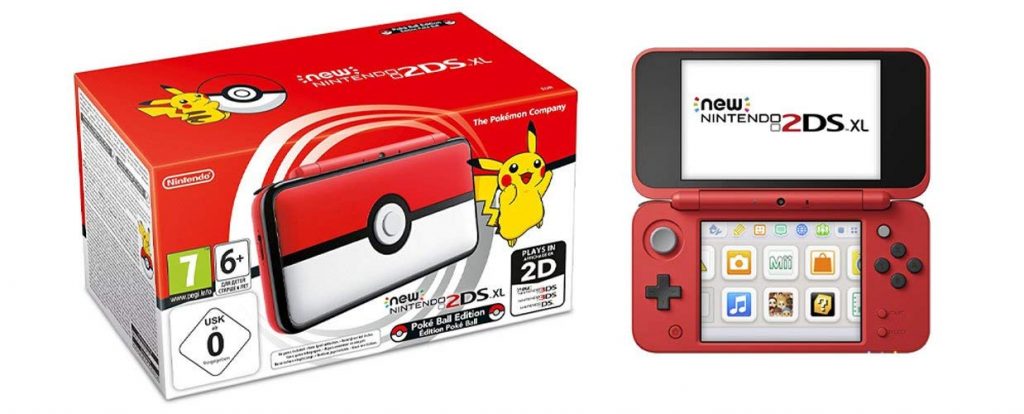

Android phones have 3 buttons, i.e., ’Home‘, ’Back‘, and ’Multitasking‘. Navigation on an Android device is different from iOS devices such as an iPhone, iPad, and even the iPod.If you are converting Android app to iOS, you need to address the following aspects: Key considerations when porting Android app to iOS The differences I have listed above will have a big influence on your planning and implementation when porting an Android app to iOS. There are many other differences, and you can read “ Android vs. I have only mentioned the differences that are relevant to converting an Android app to iOS. However, the iOS kernel isn‘t open-source. Kernel, UI, and other standard apps are open-source in the case of Android.File transfer is easier with Android than it is with iOS.There are open-source components used in iOS, however. Android is open-source code, while iOS is not.Accordingly, you can design the whole process to fit both platforms.


When you develop both versions simultaneously, you get a clearer picture upfront of customization requirements. Customizing Android is easier, while iOS isn‘t easy to customize.The two platforms have several differences, e.g.: Aside from maximizing your customer exposure, the reason for this recommendation is that it’s not such a straightforward process to port an existing Android app to iOS. We generally recommend that while developing a mobile app for your startup, you should consider building both Android and iOS versions simultaneously. Given the enormous spending power of all those iOS users, converting your Android app to an iOS one is definitely a smart decision. Trying to convert an Android App to iOS and found that it is not as simple as an Android APK to iOS conversion?


 0 kommentar(er)
0 kommentar(er)
